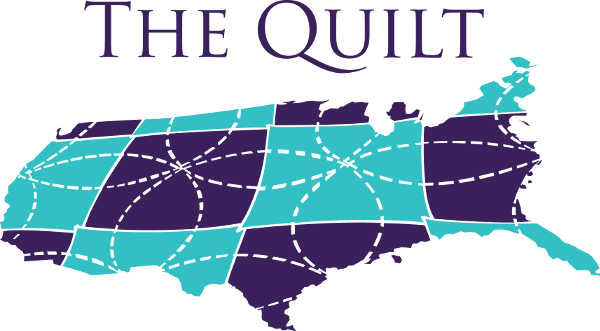The Federal Communications Commission voted 3-2 on Thursday to dramatically boost spending to bring high-speed Internet access to schools and libraries in poor or rural areas, a move that would likely increase Americans’ phone bills by about $2 a year.
The FCC also is mandating higher Internet speeds in rural areas for consumers.
E-Rate is the nation’s largest program supporting education technology. Today, the FCC implemented a fundamental reset of the program, the first such effort since the program’s creation 18 years ago, so that it can keep pace with the exploding demands for ever-faster Internet service placed on school and library networks by digital learning applications, which often rely on individually connected tablets and laptops.
The FCC Order adopted yesterday aimed at closing this connectivity gap by making more funding available for libraries and schools to purchase broadband connectivity capable of delivering gigabit service over the next five years. The Order also provides schools and libraries additional flexibility and options for purchasing broadband services to meet their Internet capacity needs in the most cost-effective way possible.
The Order builds on action taken by the FCC in July to meet another critical need: robust Wi-Fi networks inside libraries and schools capable of supporting individualized learning. The July Order freed up funds for Wi-Fi through improved fiscal management and by ending or phasing out legacy services like paging and phone service. The July Order also increased program fairness by ensuring all schools and libraries have equitable access to funding for Wi-Fi.
Thursday’s Order also takes further steps to improve the overall administration of the program and maximizes the options schools and libraries have for purchasing affordable high-speed broadband connectivity.
Included in yesterday’s Order were items that The Quilt recommended to the FCC through its written comments in the proceeding.
- Suspending the requirement that applicants seek funding for large up-front construction costs over several years, and allowing applicants to pay their share of one-time, up-front construction costs over multiple years
- Equalizing the treatment of schools and libraries seeking support for dark fiber with those seeking support for lit fiber. Dark fiber leases allow the purchase of capacity without the service of transmitting data – lighting the fiber. Dark fiber can be an especially cost-effective option for smaller, rural districts
- Allowing schools and libraries to build high-speed broadband facilities themselves when that is the most cost-effective option, subject to a number of safeguards
- Increasing the certainty and predictability of funding for Wi-Fi by expanding the five-year budget approach to providing more equitable support for internal connections – known as category two – through funding year 2019
Two other provisions were included in yesterday’s order:
- Providing an incentive for state support of last-mile broadband facilities through a match from E-Rate of up to 10 percent of the cost of construction, with special consideration for Tribal schools
- Requiring carriers that receive subsidies from the universal service program for rural areas – called the High Cost program – to offer high-speed broadband to schools and libraries located in geographic areas receiving those subsidies at rates reasonably comparable to similar services in urban areas
Where it once was revolutionary to connect a computer lab down the hall to the Internet, harnessing the full value of digital learning today means enabling all students to go online from their desk or from any library workspace. While schools and libraries are now on a path to providing robust Wi-Fi for students, teachers and patrons over the next five years, data the FCC has been gathering over the past six months has revealed the depth of the connectivity gap. For example, the FCC noted that 63 percent of public schools don’t have broadband connections to the building capable of taking advantage of modern digital learning.
